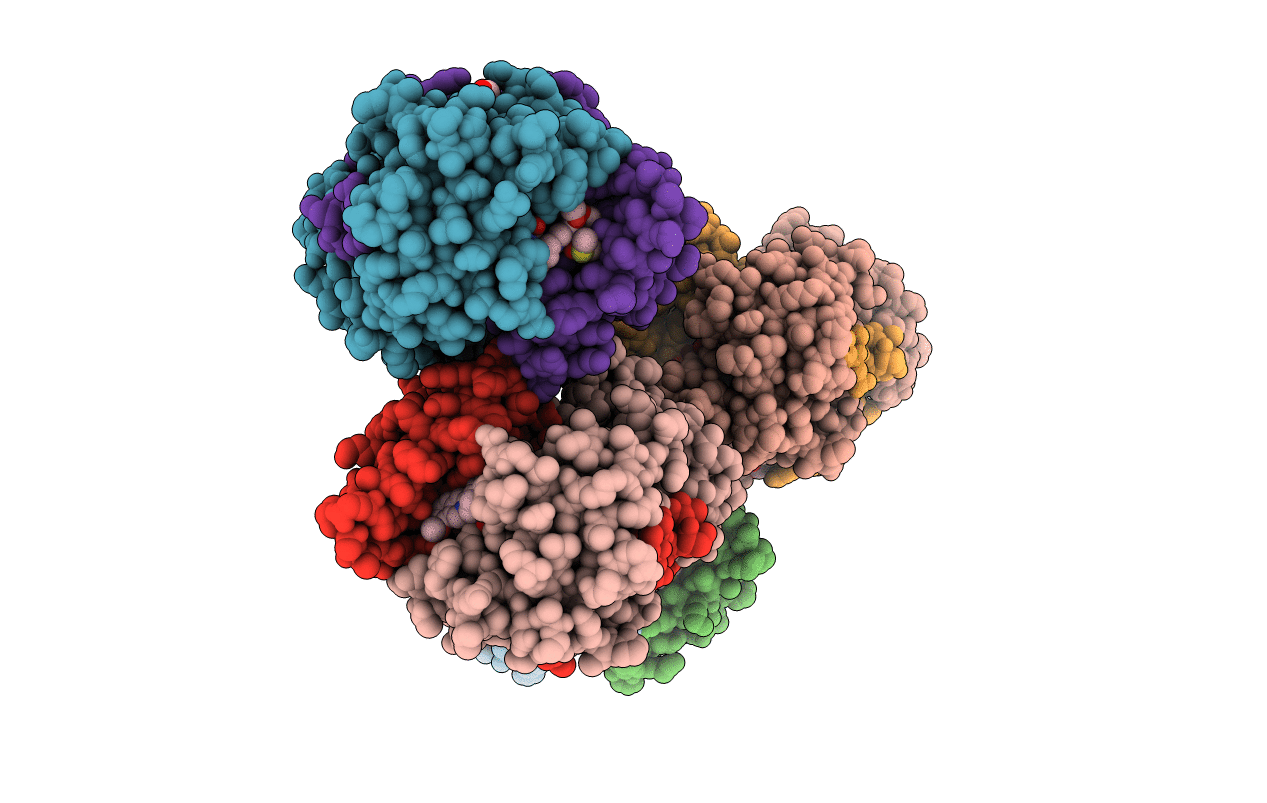
Deposition Date
2022-02-27
Release Date
2022-10-12
Last Version Date
2023-11-29
Entry Detail
PDB ID:
7X32
Keywords:
Title:
Crystal structure of E. coli NfsB in complex with berberine
Biological Source:
Source Organism:
Escherichia coli (Taxon ID: 562)
Host Organism:
Method Details:
Experimental Method:
Resolution:
1.83 Å
R-Value Free:
0.24
R-Value Work:
0.20
R-Value Observed:
0.20
Space Group:
P 1


